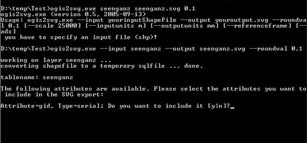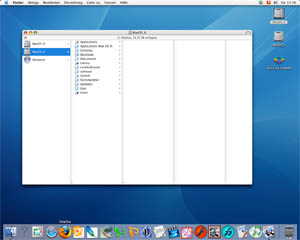1.1.2. Types of User Interfaces
To work with a system, the users need to be able to control the system and assess the state of the system.
Definition of User Interface
In computer science and human-computer interaction, the user interface (of a computer program) refers to the graphical, textual and auditory information the program presents to the user. The user employs several control sequences (such as keystrokes with the computer keyboard, movements of the computer mouse, or selections with the touchscreen) to control the program. (Wikipedia)
There exist several types of user interfaces. We here give you just two examples:
- Command-Line Interface (CLI): The user provides the input by typing a command string with the computer keyboard and the system provides output by printing text on the computer monitor (Wikipedia).
- Graphical User Interface (GUI): The use of pictures rather than just words to represent the input and output of a program (Linuxjunkies). Input is accepted via devices such as keyboard and mouse.
 Command-Line Interface Command-Line Interface |
 Graphical User Interface (screenshot © Apple) Graphical User Interface (screenshot © Apple) |
Graphical User Interfaces will be discussed in detail in the following chapters.
